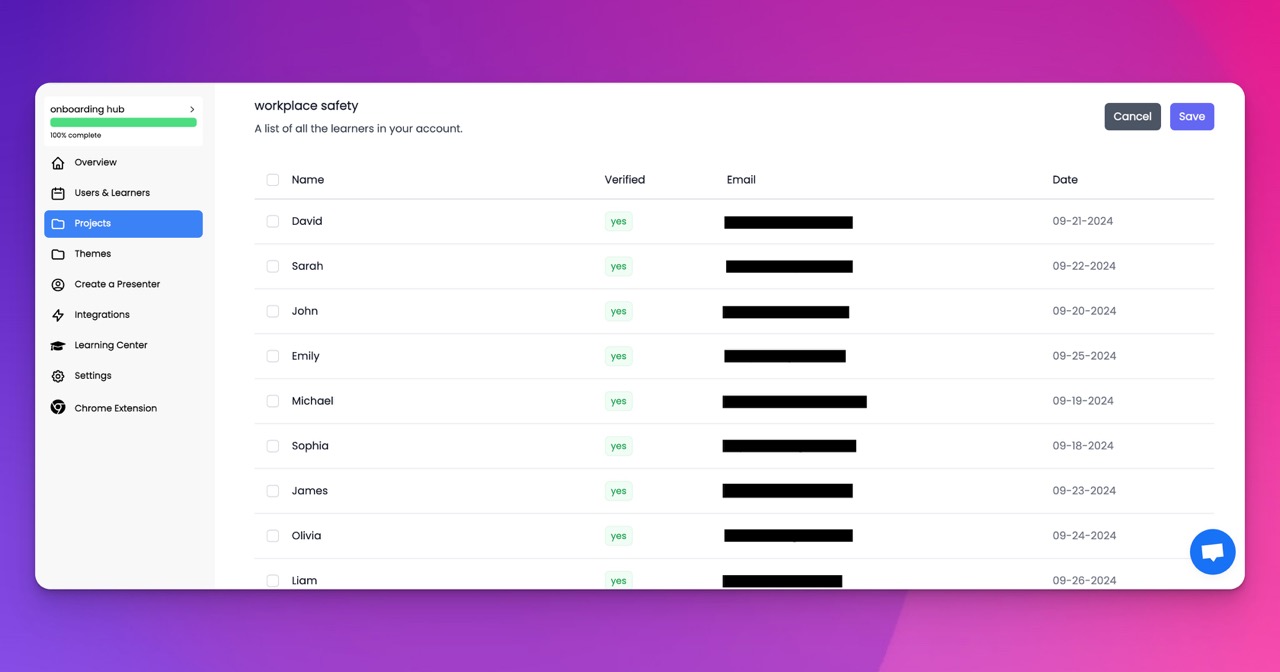🎉 Trainday now integrates with Zendesk and Hubspot 🎉 Trainday now integrates with Zendesk and Hubspot 🎉 Trainday now integrates with Zendesk and Hubspot
🎉 Trainday now integrates with Zendesk and Hubspot
Contact
Banking
Strategies for Effective Employee Training in Banking
Strategies for Effective Employee Training in Banking: Leveraging Data and Artificial Intelligence for Rapid Course Development
In the fast-paced and ever-evolving banking industry, it is essential for financial institutions to equip their employees with the necessary skills and knowledge to stay ahead of the curve. However, traditional training methods often fall short in delivering timely and relevant courses. This blog post will explore strategies for effective employee training in banking, specifically focusing on utilizing data and artificial intelligence (AI) to develop training courses efficiently.
1. Leveraging Data Analysis:
Banking institutions generate vast amounts of data, including customer behavior, market trends, and transactional patterns. By harnessing this data, banks can gain valuable insights into the specific skills and knowledge sets required for different roles within the organization. Analyzing this data helps identify skill gaps, areas of improvement, and emerging trends, which can inform the development of targeted training programs.
2. Utilizing AI for Course Development:
Artificial intelligence can revolutionize the process of creating training courses by automating various tasks and streamlining the development workflow. AI algorithms can process large volumes of data and generate personalized course recommendations for individual employees based on their job roles, performance metrics, and learning preferences. This enables banks to provide customized training content that is highly relevant and engaging.
3. Adaptive Learning Platforms:
Implementing adaptive learning platforms powered by AI can enhance employee training effectiveness. Such platforms use algorithms to track learner progress, identify areas of weakness, and dynamically adjust the course content to meet individual needs. By tailoring the learning experience, adaptive platforms provide employees with targeted training, ensuring fast and efficient skill development.
4. Microlearning and Gamification:
Effective employee training in banking requires engaging and interactive content. Microlearning, which focuses on delivering bite-sized, easily digestible lessons, and gamification techniques, can significantly enhance the learning experience. By breaking down complex topics into smaller modules and incorporating game-like elements such as quizzes, leaderboards, and rewards, training becomes more enjoyable and encourages active participation.
5. Virtual Reality (VR) and Augmented Reality (AR):
The integration of VR and AR technologies in employee training has gained momentum across industries, including banking. These immersive technologies enable employees to simulate real-world scenarios and practice their skills in a safe and controlled environment. VR and AR can replicate complex banking processes, such as handling customer interactions, fraud detection, or risk assessment, allowing employees to gain hands-on experience without real-world consequences.
Conclusion:
In the face of rapid technological advancements and evolving customer expectations, banking institutions must adapt their employee training strategies to remain competitive. By leveraging data and artificial intelligence, banks can create relevant training courses in record time. Utilizing AI algorithms, adaptive learning platforms, microlearning, and immersive technologies like VR and AR, banks can provide employees with personalized and engaging training experiences. Through these strategies, banking professionals can develop the necessary skills to navigate the industry's challenges and deliver excellent customer service.
Accelerate Compliance.
Deliver OSHA-Ready Courses Instantly.
Empower your team with data-driven training solutions tailored to your industry's safety standards. Stay compliant, reduce risks, and boost productivity with AI-powered course creation.
